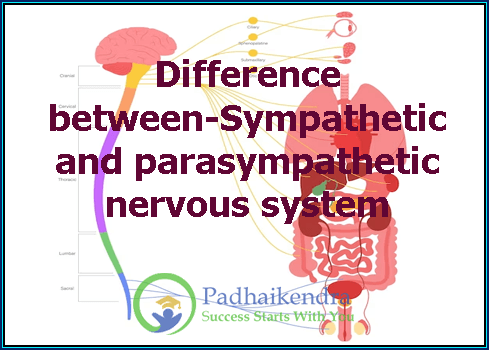The sympathetic and parasympathetic nervous systems are two branches of the autonomic nervous system, which controls many involuntary functions of the body. Although both systems are involved in maintaining homeostasis, they have opposite effects on many physiological processes.
The sympathetic nervous system is responsible for the “fight or flight” response, which prepares the body for action in response to a perceived threat or stressor. When activated, it increases heart rate, blood pressure, and breathing rate, and redirects blood flow to the muscles and away from the digestive system. The sympathetic nervous system also triggers the release of adrenaline and other stress hormones from the adrenal gland, which can increase energy and arousal.
The parasympathetic nervous system, on the other hand, is responsible for the “rest and digest” response, which promotes relaxation and recovery. When activated, it decreases heart rate, blood pressure, and breathing rate, and increases digestive and urinary functions. The parasympathetic nervous system also helps to conserve energy and promote healing and repair.
In summary, the sympathetic nervous system prepares the body for action and stress, while the parasympathetic nervous system promotes relaxation and recovery. Both systems work together to maintain balance and homeostasis in the body, but they have opposite effects on many physiological processes.





